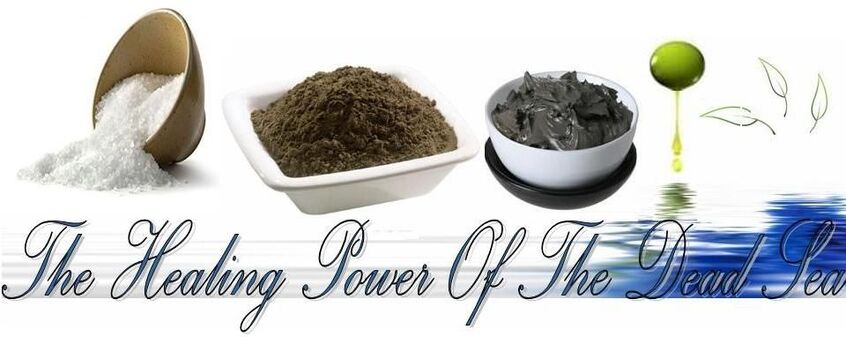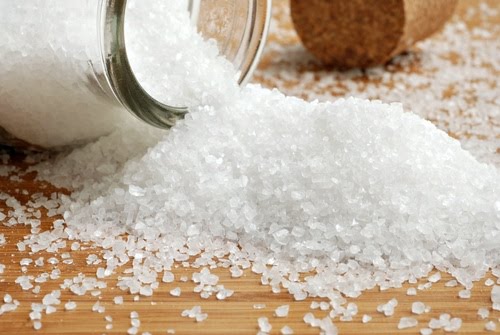What it is: Salts comprised of a wide variety of minerals, which are present in a high concentration. (Regular sea salts are made up of more than 90% sodium; Dead Sea salts contain only about 3-8 % sodium, and the rest are minerals such as magnesium, potassium, bromine, and calcium, to name a few.
Where it comes from: As the name attests, Dead Sea salts are only found in one place — the Dead Sea. The Dead Sea, located between Jordan ,Occupied Land by Israel , and the West Bank, is the world’s deepest hypersaline lake in the world. The waters of the Dead Sea are unique, having a total salt concentration that is 10 times higher than ocean water (reaching 33% versus 3%!).
Properties: Dead Sea Bath salt is not edible Salts. The high Bath Salt content is actually why the Dead Sea is known as such; little plant or animal life can survive in the salty waters. The waters, and the salt, have long been know for their therapeutic and beautifying properties. The minerals present in the salt are also naturally occurring in human skin cells, but they often get depleted, causing dry, dull skin and wrinkle development. Dead Sea salts deposit these minerals back into the skin cells.
What it’s good for: It is thought to help skin feel younger and smoother, and it also helps relieve skin conditions such as psoriasis, eczema, and acne. The Dead Sea’s mineral-rich waters - and the bi-products of the water - have a noticeable effect on human skin. They are known to have an effect on circulation and metabolism as well. Magnesium is important for combating fluid retention and slowing skin aging. Calcium is effective at preventing water retention, increasing circulation, and strengthening bones and nails. Potassium energizes the body, helps to balance skin moisture and is a crucial mineral to replenish following intense exercise. Bromides act to ease muscle stiffness and relax muscles. Sodium is important for the lymphatic fluid balance

